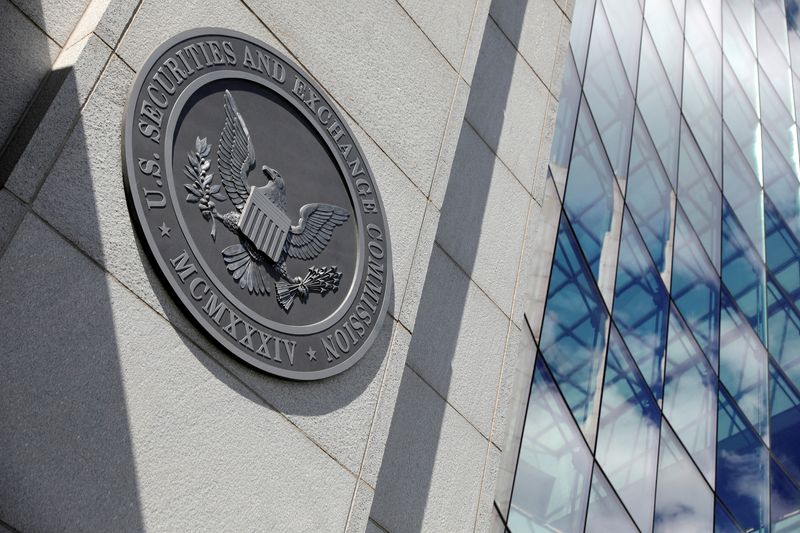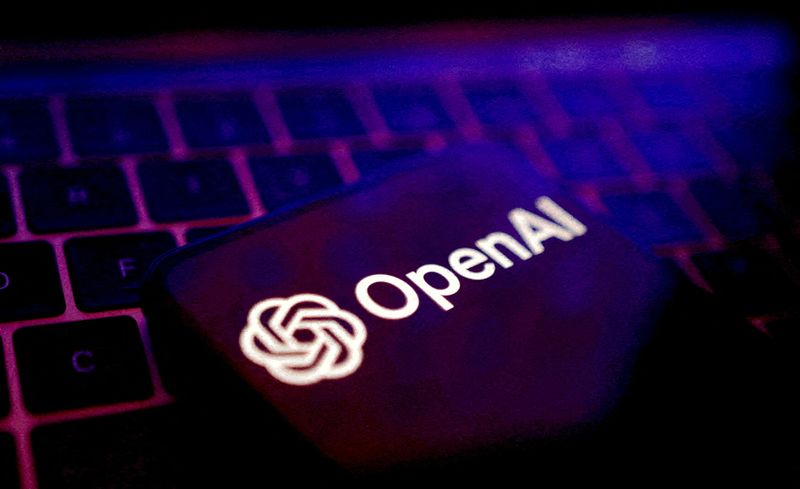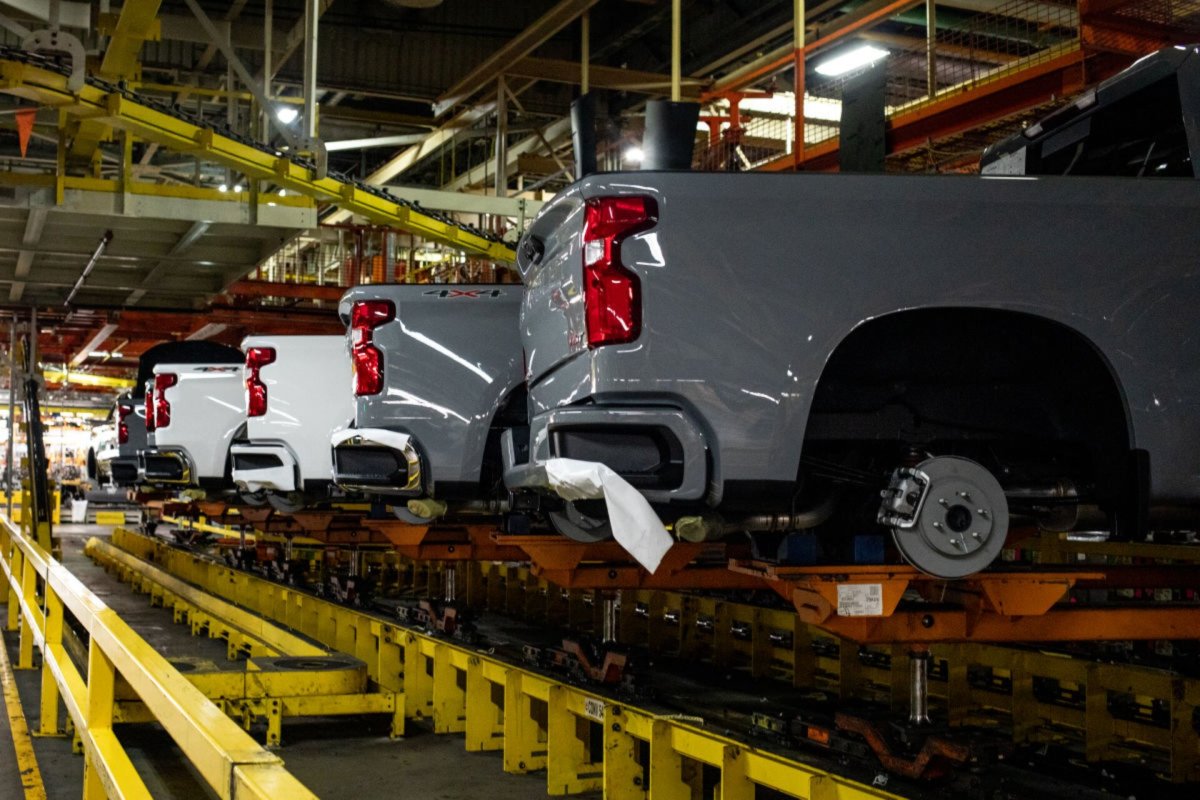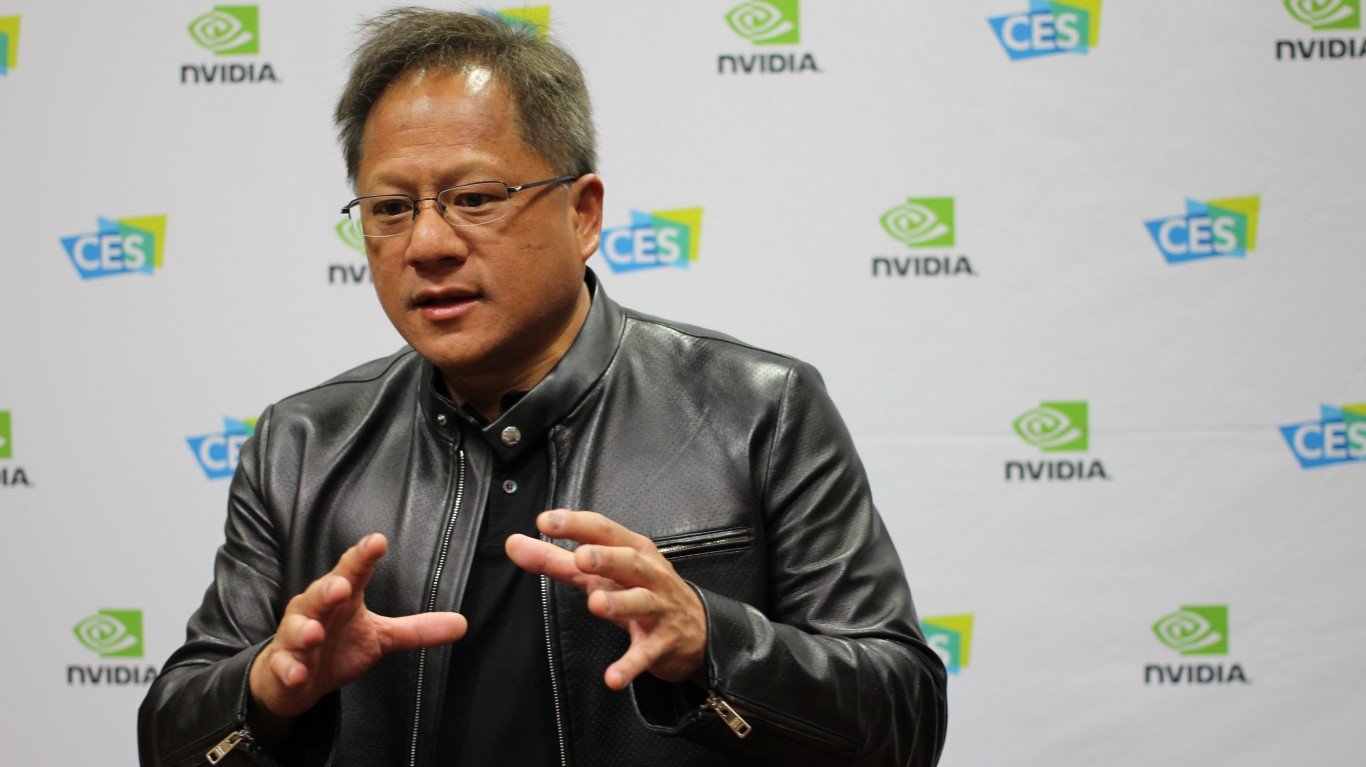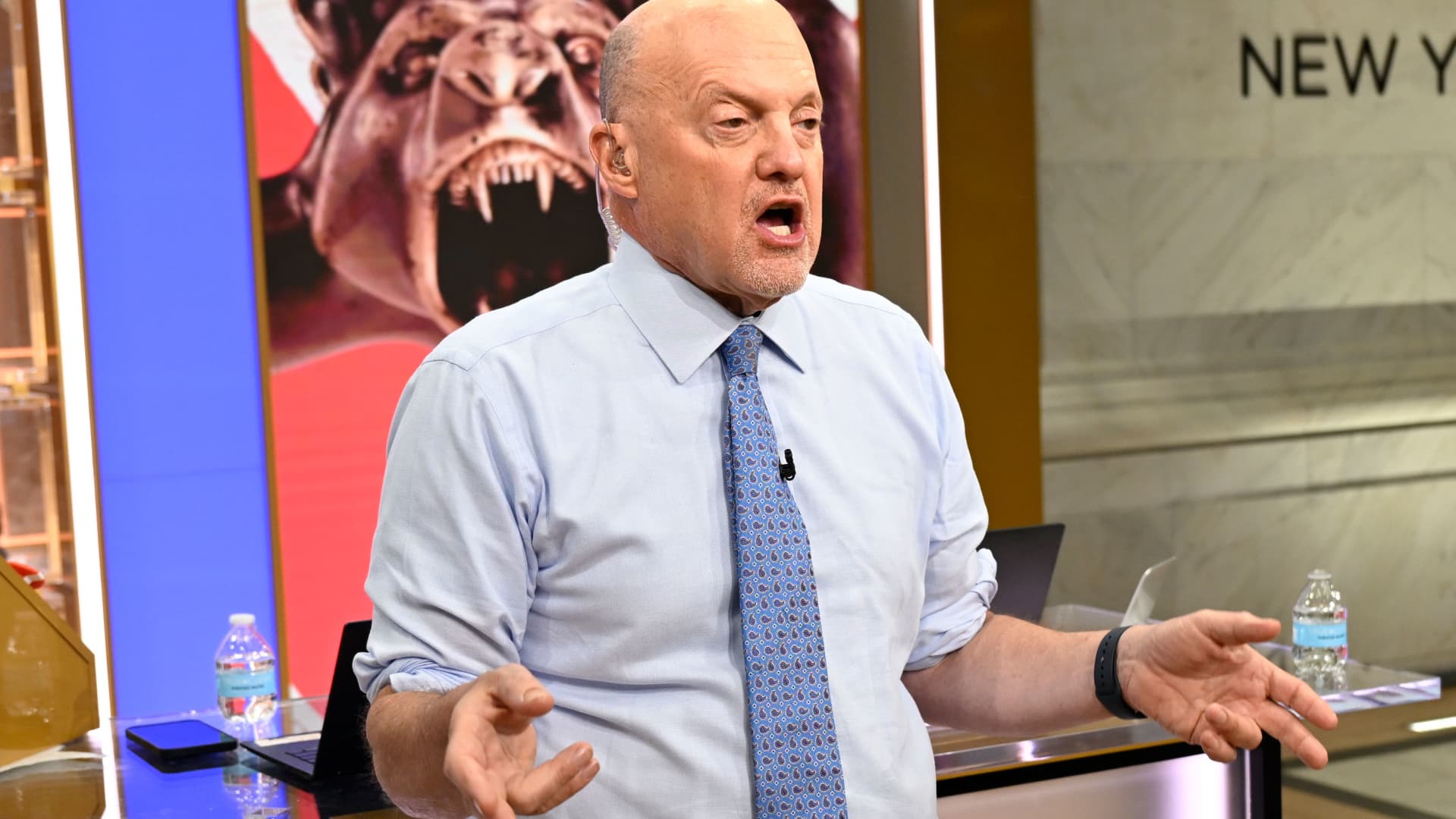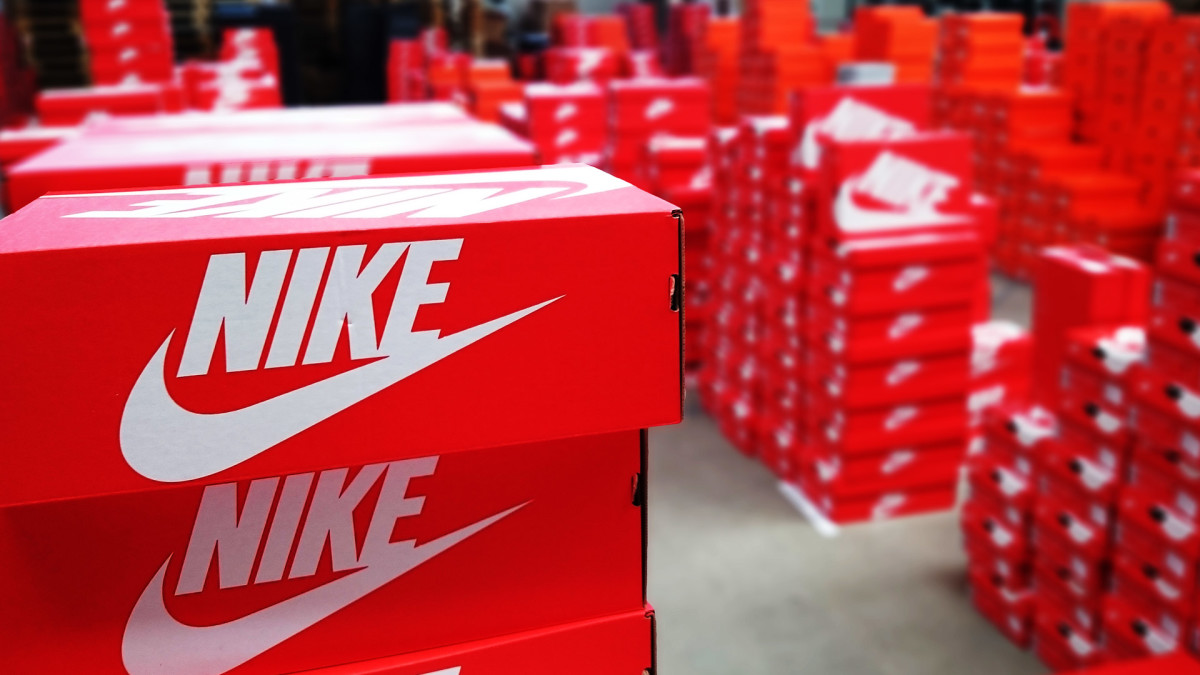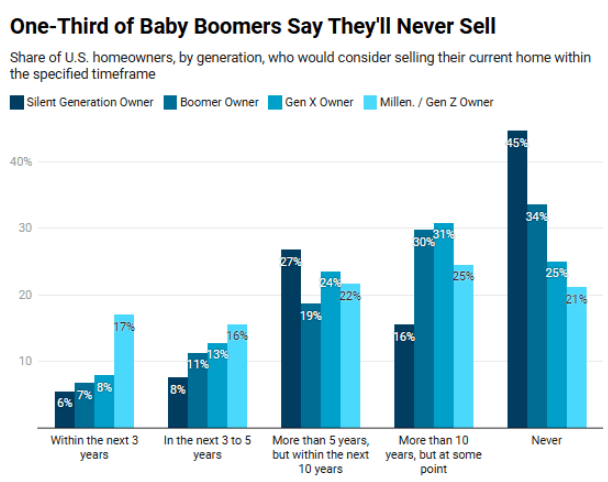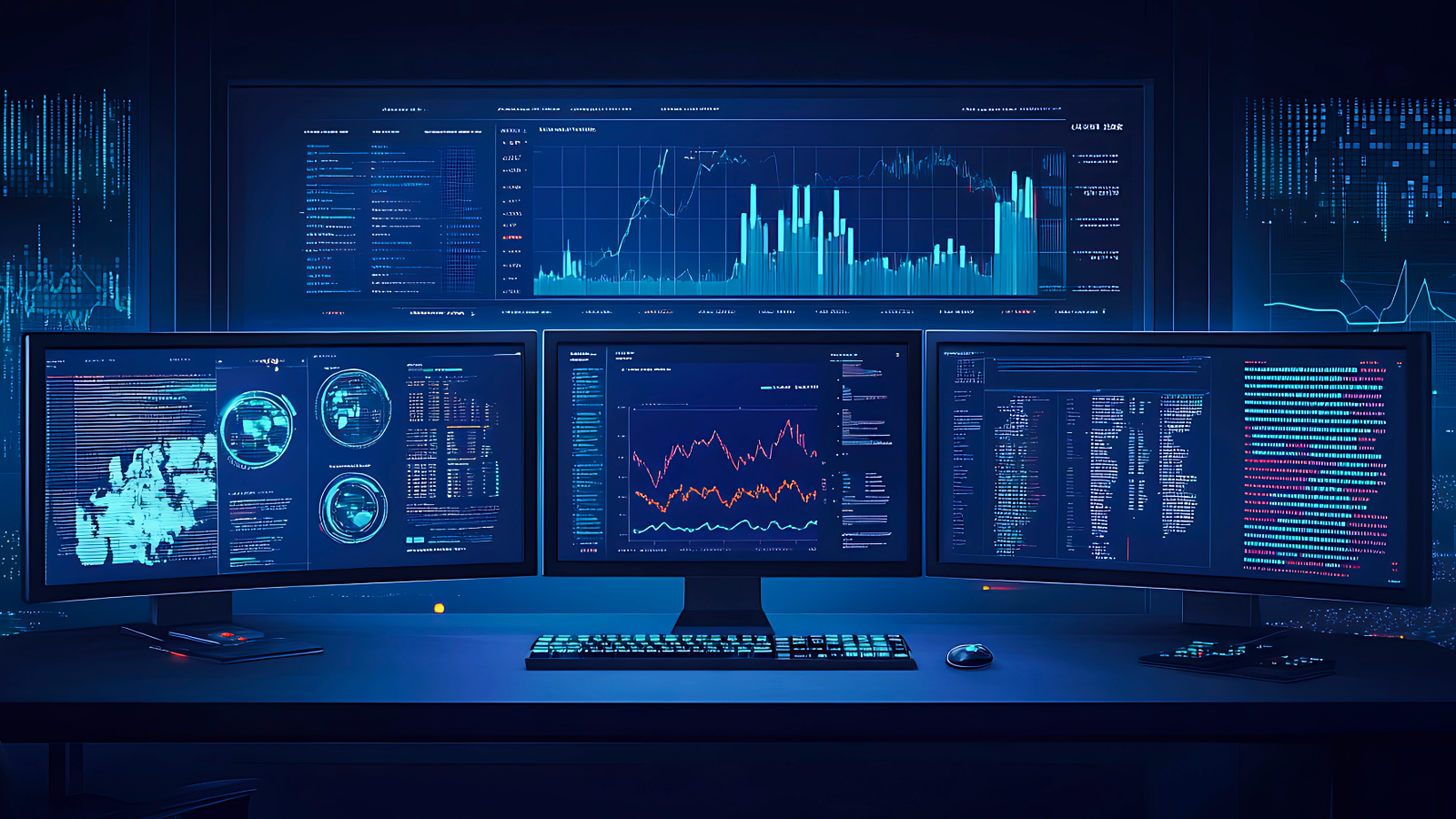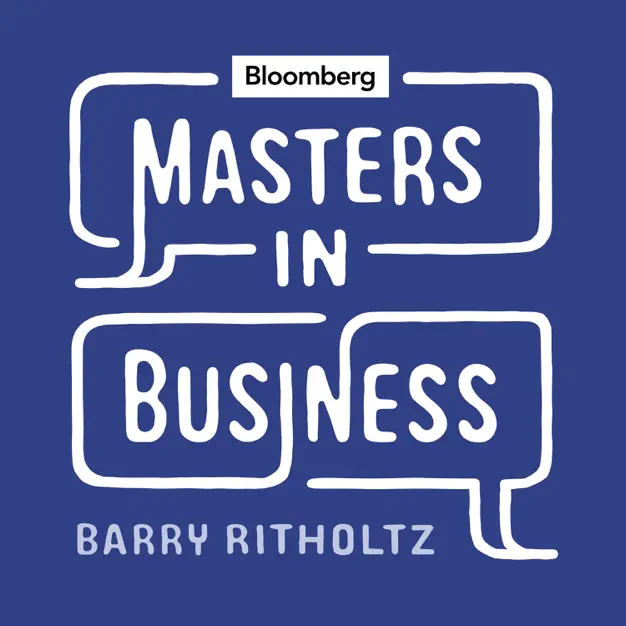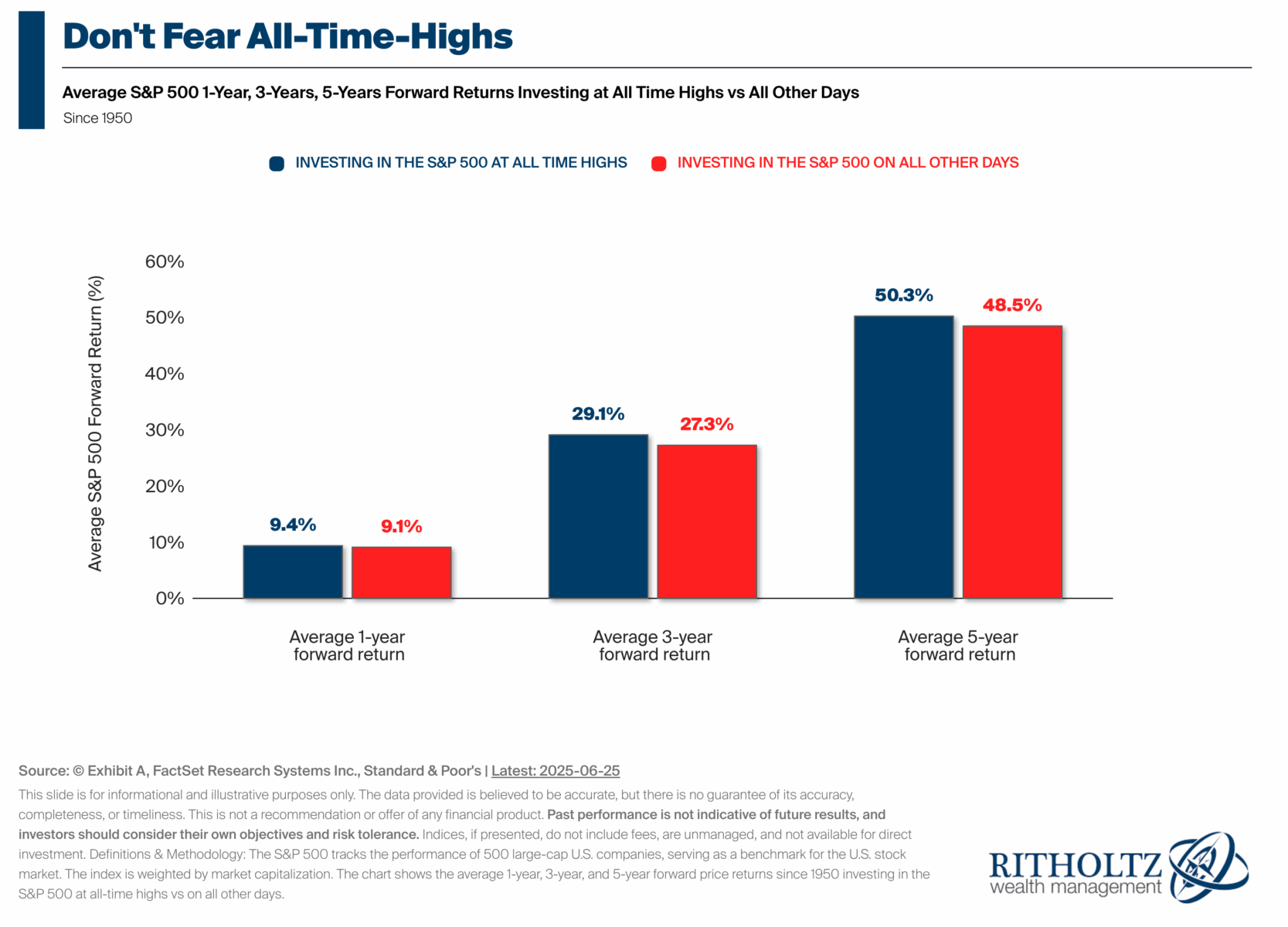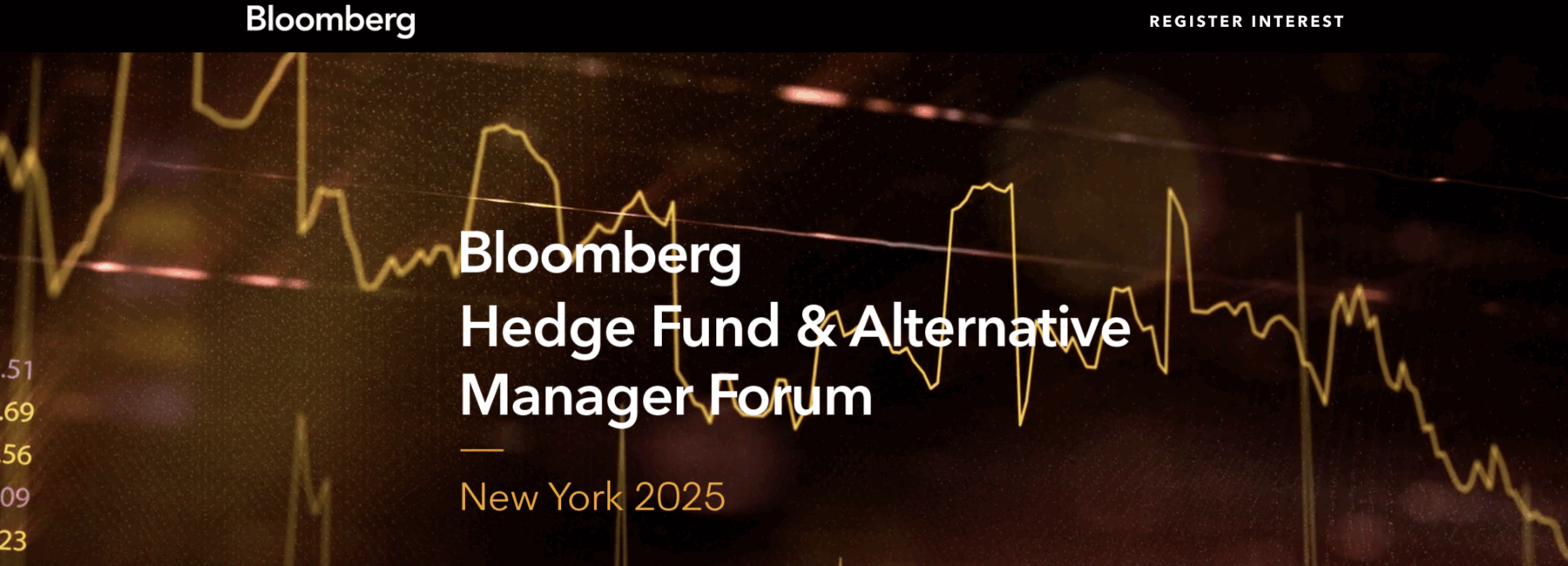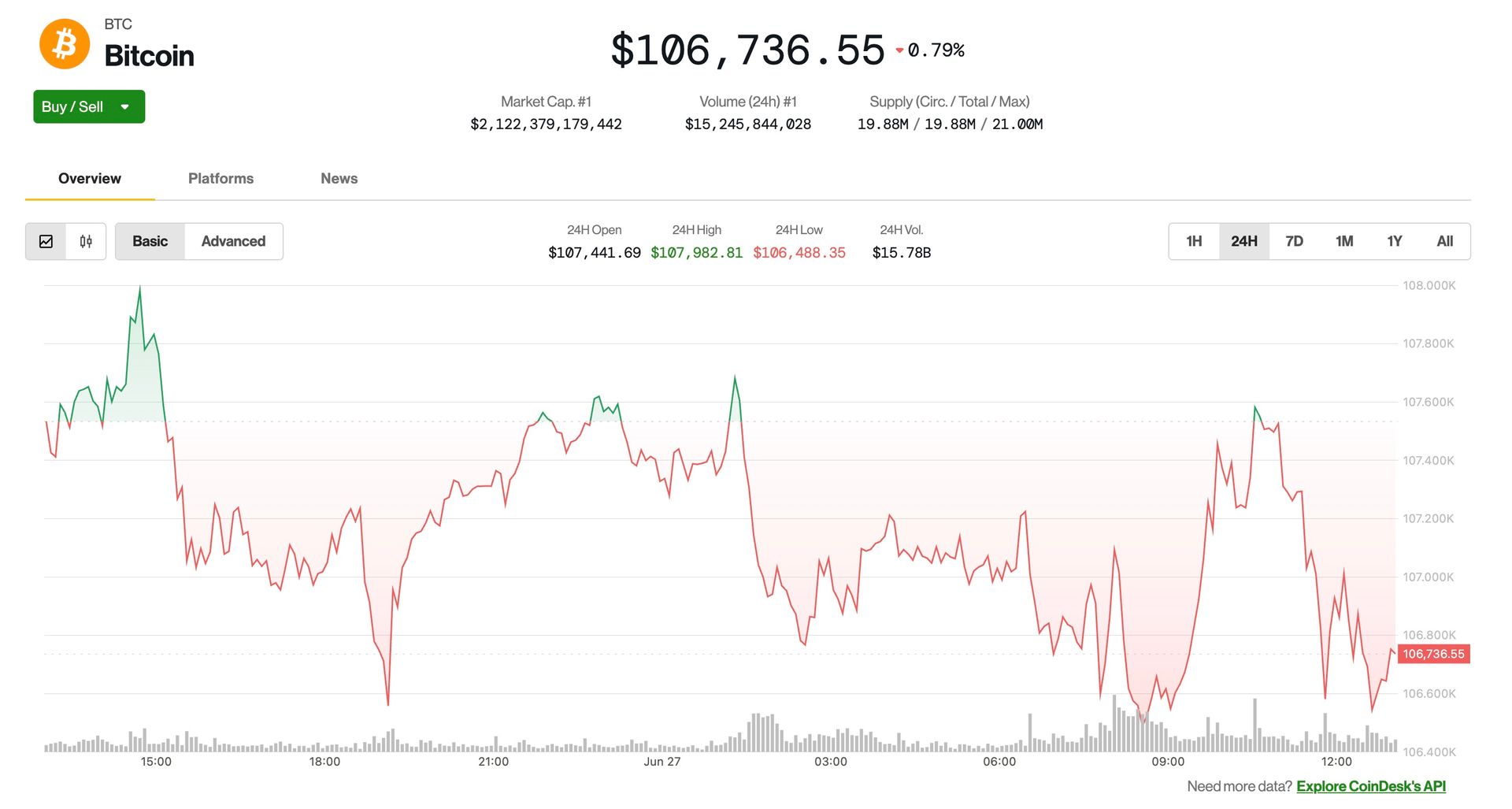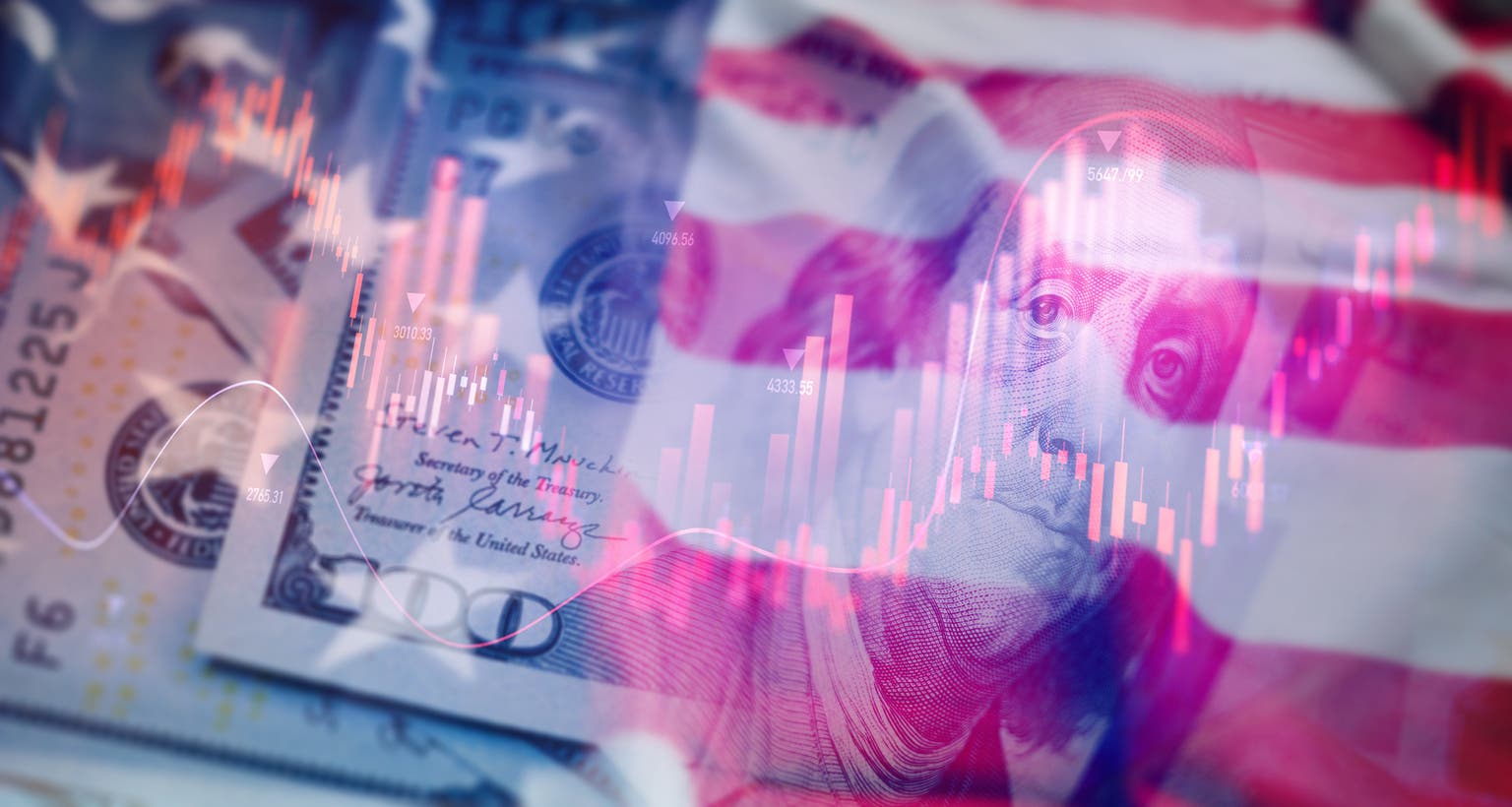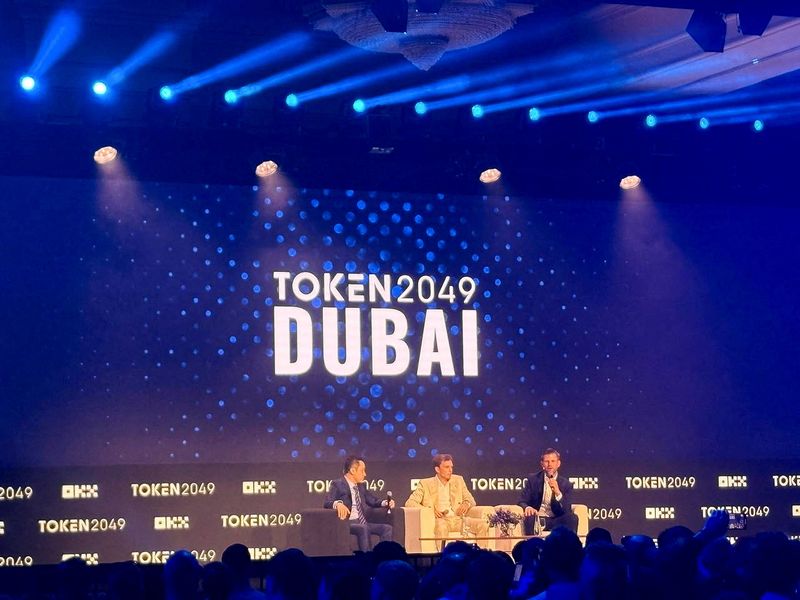6 International Stocks to Buy in July
With over $5 trillion of new investment commitments to date, the U.S. is experiencing a business renaissance being incentivized by President Trump. So far, $1.4 trillion has been committed by U.A.E., $600 billion has been committed from Saudi Arabia and domestic commitments of $750 billion from IBM and $500 billion from Apple have been announced. […] The post 6 International Stocks to Buy in July appeared first on 24/7 Wall St..

With over $5 trillion of new investment commitments to date, the U.S. is experiencing a business renaissance being incentivized by President Trump. So far, $1.4 trillion has been committed by U.A.E., $600 billion has been committed from Saudi Arabia and domestic commitments of $750 billion from IBM and $500 billion from Apple have been announced. New business construction, expansion and other cornerstones of fundamental growth are fueling the S&P 500’s recovery, which on June 27 resulted in the benchmark index hitting a new all-time high.
That said, the maxim, “A rising tide lifts all boats” is certainly applicable for a sizable number of international companies. Though headquartered overseas, these companies supply products and services that have developed a huge and loyal U.S. customer base, either through necessity or through popularity.
The following six companies represent a sample of the range of international companies that will likely benefit from the economic growth upswing in the U.S., both in the near term as well as for the long term. Two of them are well-known names with strong growth histories and bullish projections going forward for more. Two of them have lower profiles but strong upside potential, and the last two are paying dividends with high yields that will likely shrink as their stock prices rise, based on current and forecasted performance.
Key Points in This Article:
- Global stocks have been doing big business with the U.S. despite Trump’s tariff rhetoric.
- These six stocks span numerous sectors and provide opportunities in both growth and yield.
- If you’re looking for a megatrend with massive potential, make sure to grab a complimentary copy of our “The Next NVIDIA” report. This report breaks down AI stocks with 10x potential and will give you a huge leg up on profiting from this massive sea change.
Taiwan Semiconductor Manufacturing Company, Ltd.
When Trump announced his initial round of reciprocal tariffs as a precursor to new international trade deals, his tariffs on Taiwan sent shockwaves down the spine of the Artificial Intelligence (AI) industry. Although the top semiconductor companies in AI are Nvidia and AMD, which are both American, neither company manufactures any of their Graphics Processing Units (GPU), which are essential for AI. Both of them go to Taiwan Semiconductor Manufacturing Company Ltd. (NYSE: TSM), which is the largest semiconductor foundry on the planet. The threat of double-digit tariffs escalating GPU prices on units already backlogged due to pre-orders from Tesla, Oracle, and dozens of other companies sent both Nvidia and AMD stock prices into free fall in late March. Thankfully, prices recovered when TSM and President Trump announced a $65 billion US investment commitment to build additional TSM factories in Arizona, which would nullify any tariff concerns for US customers, who account for 77% of total TSM sales.
TSM’s upside prospects are not limited solely to making GPUs. The company currently commands a 35% market share (a +.09% increase) of the overall semiconductor Foundry 2.0 market, according to the latest Counterpoint Research. Other deals, for example, include the contract for making nearly 100% of the chips designed by Apple for its series of products, which dates back to 2014 and continues to this day. Additionally, TSM continues to improve its gross margins, notching a Q1 2025 5.7% improvement to its gross 58.5% margin.
While TSM’s bullish sentiment is undoubtedly strong from a business perspective, there are some geopolitical concerns that investors should bear in mind:
- Despite its crucial place in the semiconductor supply chain, Taiwan Semiconductor is headquartered in Taiwan. The People’s Republic of China’s Communist Party leadership has denounced Taiwan as a “rogue state” that is part of China proper. As a result, Taiwan is in a state of perpetual invasion alert. Any overt military incursion on Taiwanese soil could result in a domino-effect of chip shortages if TSM is forced to halt production domestically, although this should not affect US factory output. Nevertheless, the importance of AI as a potential strategic asset will likely invoke extra protection consideration from the US Department of Defense.
- Samsung and Intel are challenging TSM in the nanometer foundry process. While TSM’s 3-nm and 5-nm process nodes have become industry standards, Samsung is making strides with a 2-nm process node and Intel has a 1.4-nm process node targeted for a 2027 debut.
- GAA (Gate All-Around, a 3D transistor architecture) is the latest technology hurdle and major potential intangible asset that foundries must overcome to master 3-nm and smaller nodes. TSM plans to implement GAA from 2-nm, with mass production projected in the 2nd half of 2025. Currently, only TSM, Intel, and Samsung have unveiled timetables to introduce GAA-derived products.
Novo Nordisk A/S
Among celebrities, Elon Musk, Tracy Morgan, Sharon Osbourne and Culture Club singer Boy George are just some of the many who have attributed their astonishing weight loss to diabetes drug Ozempic. Registering $16.9 billion in 2024 sales, Ozempic has been the leading drug out of a larger catalog of treatments produced by Danish manufacturer, Novo Nordisk A/S (NYSE: NVO). With a market cap north of $300 billion, it is hot on the heels of Germany’s SAP SE for the title of “Europe’s largest market cap listed company”, and is the corporate “King of the Hill” in its native Copenhagen, Denmark.
Founded a century ago, Nordisk originally made insulin. The company would undergo some corporate changes in the ensuing decades to become Novo Nordisk in 1989. In addition to its diabetes drugs, NVO also produces drug treatments for wound healing, menopausal hormone replacement, and human growth hormone. Ironically, its best-selling Ozempic and Wegovy, as with many of Novo Nordisk’s other products, were created primarily for treating diabetes. The weight-loss factor has become a very profitable and unintended side-effect.
Between 2023 and 2024, Ozempic sales jumped 26%, from $13.9 billion to $16.9 billion. While such an aggressive growth clip will inevitably slow down as competing treatments like Ely Lilly’s Mounjaro address the same demographic market, NVO continues to use its cash to grow by acquiring smaller rivals, expanding into new markets, like China, and in developing new treatments. NVO bulls are eagerly following:
- CagriSema, a more potent obesity treatment, combines semaglutide, the active ingredient in Ozempic, with amylin and calcitonin receptor agonists. Amylin helps regulate blood sugar levels, similar to GLP-1, while calcitonin controls calcium levels in the blood. It is presently in Phase-3 FDA trials.
- A newly announced June marketing deal with Weight Watchers to officially sell Wegovy to WW subscribers is set to commence in July.
- Wegovy launched in November, 2024 for sales in China, opening the door to a new market containing hundreds of millions of prospective customers from China’s burgeoning middle and upper class.
- New experimental obesity drug Amycretin, a single molecule that operates as a GLP-1 receptor agonist that reduces one’s appetite, completed Phase-1 FDA trials. The new pill achieved a 13.1% average weight loss after 12 weeks, more than doubling the efficacy of Wegovy for the same time span. It is now advancing to Phase-3 trials.
- With the obesity drug market expected to reach $100 billion by 2030, genetic-based treatments currently in the R&D stage could become the next pharma holy grail. .
Shopify Inc.
According to Bankrate.com, the U.S. retail industry is the single largest sector for small businesses, comprising 18% of all small businesses in the country. Thanks to digital technology, the accelerated ease and flexibility of retail sales to become either a side hustle or a full-time occupation has been fueled by outlets like Amazon and eBay, and facilitation platforms like Ottawa, Canada-based Shopify Inc. (NYSE: SHOP).
With online sales presently comprising 18.4% of retail transactions and growing, Shopify has become one of the leading e-commerce platforms for retail sales from small single proprietor start-ups to major corporations, such as Tesla, LVMH, PepsiCo, and many others.
Shopify apps supply the following functions for retailers in an ergonomically simple and efficient package that can be operated from a smartphone:
- Marketing and automation: including email, SMS, and SEO marketing;
- Design: including website navigation and customization tools;
- Sales platform integration: custom integration with Amazon, eBay, Facebook, and other retail and social media retail pages;
- Inventory and logistics: order fulfillment, warehouse management, shipping logistics, label printing, etc.’
- Customer service: chat portals, help desks, loyalty programs, product and service reviews and ratings, etc.;
- Analytics and finance: tax calculations, bookkeeping, demographic sales data;
Shopify’s cache received a big boost from the pandemic lockdowns, and the company has not looked back since. As of its latest Q1 2025 $2.4 billion revenue report, Shopify has notched eight consecutive quarters of 25% or higher growth, and the entrepreneurial boost from President Trump’s business expansion policies should continue the trend. Tech fund manager Cathie Wood’s ARK Investments recently invested in roughly $4 million worth of SHOP shares, so she clearly is bullish on the company.
ASML Holding NV
Semiconductors are the backbone of the digital architecture that creates the cyberspace environments which allow AI to exist.
The semiconductor industry is estimated to reach $697 billion in size this year. Surprisingly, the competition in manufacturing the various machines, components, and other tools required for such technically demanding work is quite small. While Taiwan Semiconductor, Samsung, and Intel are all vying for supremacy in the microscopic node arena, it is very likely that all three are utilizing equipment from ASML Holding NV (NASDAQ: ASML). This Netherlands based company provides machines that perform cutting edge lithography for transfer of chip designs onto wafers.
Ironically, the focus on AI and the concerns over tariffs have caused the rest of the semiconductor industry to slow down, which has commensurately dragged down ASML for the interim. Nevertheless, the company’s solid earnings and continued growth should regain favor soon as the current undervaluation will not last for long – at the time of this writing, it is being reported that China has signed the awaited revised trade deals with the US that will eliminate tariff uncertainty between these nations.
Vale S.A.
The surge of AI development has led to a subsequently large proliferation of data centers to process the huge amounts of information required for AI. The trickle down continues, as commensurate expansion of electric power generation and distribution is necessary to operate the data centers without disrupting power grids for the rest of the cities housing them.
With a $40 billion market cap, Vale S.A. (NYSE: VALE), headquartered in Rio De Janeiro, is one of Brazil’s top conglomerate entities. While Vale S.A. has significant operations in the Brazilian rail transport, maritime port, and hydroelectric power industries, its global presence is in mining, most significantly, nickel and copper ore.
The huge amount of energy required to power AI and the proliferation of data centers needed to operate AI means that the corresponding electrical infrastructure must grow commensurately. As such, this means that copper electrical wire demand is expected to soar in the near and forthcoming future. Vale S.A. is a global player in the copper industry and its Salobo copper mines are the largest in Brazil. Vale S.A. has already budgeted $3.3 billion to expand its copper production to 500,000 MT per year by 2030.
Additionally, Vale S.A. is one of the largest nickel producers on the globe. In addition to it being essential for Nickel-Cadmium (NiCad) batteries, nickel is a primary ingredient, along with iron ore, for the fabrication of stainless steel. Stainless steel is indispensable for the oil and gas, chemical, medical equipment, construction, and numerous other industries – all of which are expanding in the US, thanks to President Trump’s business-friendly policies.
Vale S.A. presently sports a 14.55% yield, due to previous geopolitical issues in South America and an executive succession issue, both of which have apparently been resolved, according to news reports..
British American Tobacco PLC
Companies with over a century of existence in a specific industry often find it difficult to diversify into related fields without losing focus. London, England based British American Tobacco PLC (NYSE: BTI) is bucking that trend, and is on track to successfully manage to “have its cake and eat it too” as a leader in the modern tobacco industry.
BTI’s international tobacco brands are well known throughout the US, UK, China and Europe under brand names like: Camel, Lucky Strike, Dunhill, Kent, Pall Mall, Newport, Shuang Xi, and others. The company also owns 29% of India’s ITC Ltd. and provides other tobacco products, such as snuff and snus, as well as e-cig vapes under the Vuse brand.
While combustible tobacco use in the west has been an incrementally shrinking market, it still remains robust in other parts of the world, like PacRim and South America. As alternate methods of tobacco use vie for market share, BTI is successfully making the transition, according to a recent analyst report from Next Gen Investor’s Substack. The report cited that BTI’s shift to Reduced Risk Products (RRP) in the categories of vapor, heated tobacco, and modern oral – currently account for 17.5% of total sales. Combined with its ongoing strength in the combustibles market and continually improved margins that are feeding the company’s dividend payout increases, BTI’s goal of 50% smokeless tobacco product sales by 2035 is no longer a pipedream wish, and is becoming very feasible.
BTI’s dividend yield is presently 6.27%, as the stock price has surged in 2025 over 30% since January, and is close to a 52-week high. Nevertheless, the bullish sentiment remains strong for BTI, and its transition efforts seem to be avoiding the stagnation that is impacting its rivals.
The post 6 International Stocks to Buy in July appeared first on 24/7 Wall St..







































